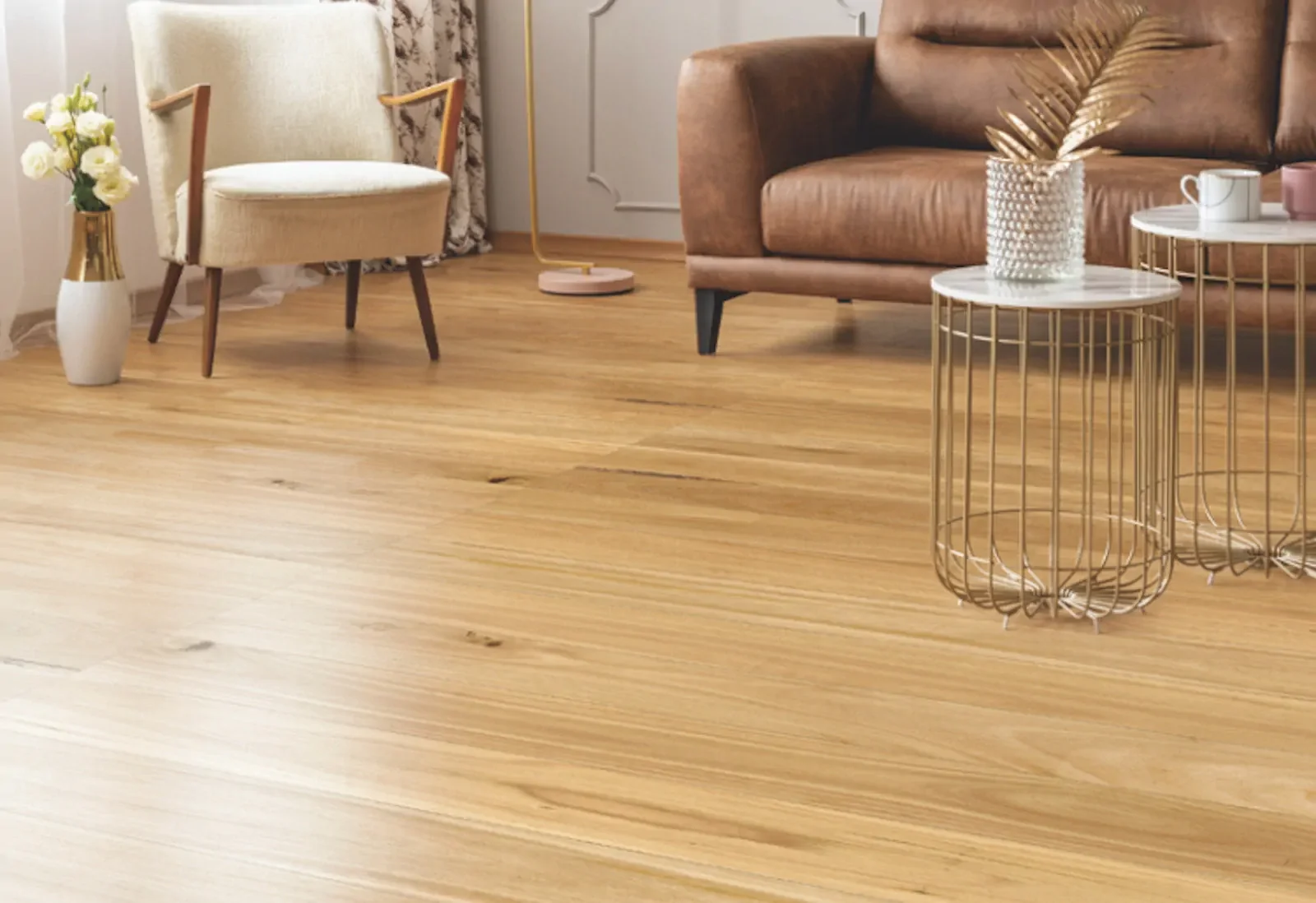Step Lightly: Smart Ways to Build Sustainably
When it comes to building or renovating your dream home, sustainability isn’t just a buzzword anymore - it’s becoming the foundation of modern Australian design.
Aussie homeowners are increasingly prioritising eco-conscious design and materials - not just for their environmental benefits, but also for long-term savings and comfort.
In fact, the Green Building Council Australia’s 2025 Rise and Thrive Report found eight in 10 buyers consider sustainability features of a home “critical” or “important”.
This has likely got something to do with the fact that, according to the Australian Department of Industry, Science, Energy and Resources, energy-efficient homes can reduce household energy bills by up to 40%!
If you’re planning a renovation or new build and want to minimise your environmental footprint, here are some refined yet practical ways to build sustainably - starting from the ground up.
1. Choose Sustainable Flooring
Your flooring choice sets the tone for your entire home - both aesthetically and environmentally. Engineered timber flooring is a standout option for those seeking the warmth and timeless elegance of natural wood, without the ecological impact of solid timber.
Engineered timber comprises a veneer of real hardwood bonded over layers of more eco-friendly and sustainably sourced materials, such as plywood and hevea. They’re more resource-efficient than traditional timber floorboards, reducing waste from large, slow-growing trees.
They also offer enhanced stability and longevity due to the unique construction. Many high-quality options also use low-VOC adhesives, supporting both indoor air quality and the planet.
2. Insulate for Energy Efficiency
According to the Australian Department of Climate Change, Energy, the Environment and Water, proper insulation can cut heating and cooling costs by up to 50%. That’s great news for both your power bills and the planet!
Beyond cost-saving, there’s nothing worse than shivering through winter or sweating it out in summer because your home can’t hold a comfortable temperature. A well-insulated home keeps the heat out when it’s hot and traps warmth when it’s cold - meaning fewer draughts, less need for air conditioning, and a much happier household.
Look for insulation made from recycled fibres, wool, or cellulose - they’re effective, eco-friendly, and built to last. While it can cost a little more upfront, the long-term comfort and energy savings are well worth it.
3. Incorporate Recycled and Locally Sourced Materials
From recycled bricks to reclaimed timber beams and eco-friendly concrete alternatives, there are now more ways than ever to integrate recycled or locally sourced materials into your project. This reduces the carbon footprint associated with transport and manufacturing while giving your home a distinctive character.
Supporting local suppliers also keeps the benefits within your community - a small step with big impact.
4. Design for Longevity
Sustainability isn’t just about the materials you choose - it’s also about how long your home lasts. Quality craftsmanship, timeless design, and materials built to endure all contribute to reducing future waste. Opt for durable finishes and neutral palettes that will stand the test of time, rather than chasing fleeting trends.
Solar panels are another smart long-term investment for a sustainable home. With more than 3 million Australian households now powered by solar panels, it’s clear that renewable energy is becoming part of everyday living.
The Sustainable Path Forward
Building sustainably is about making conscious choices that balance comfort, style, and environmental responsibility. Whether it’s through insulation, recycled materials, or flooring that combines performance with planet-friendly design, each decision makes a difference when it comes to the future of our planet.
